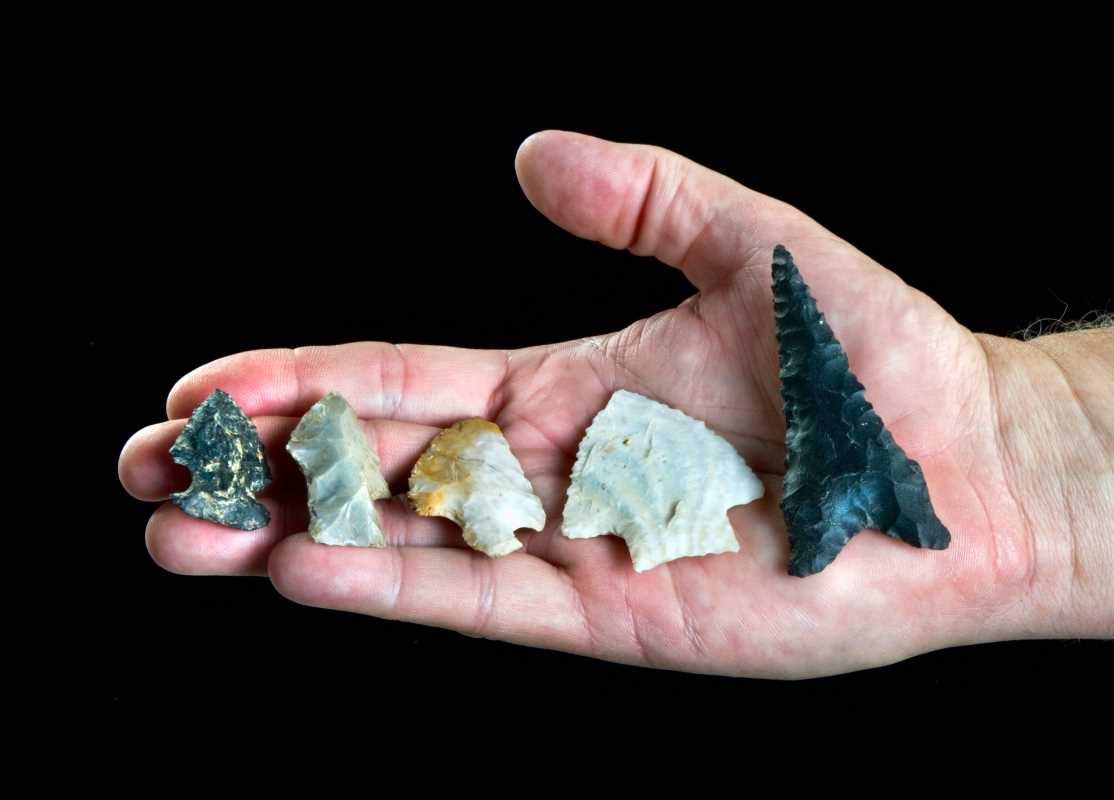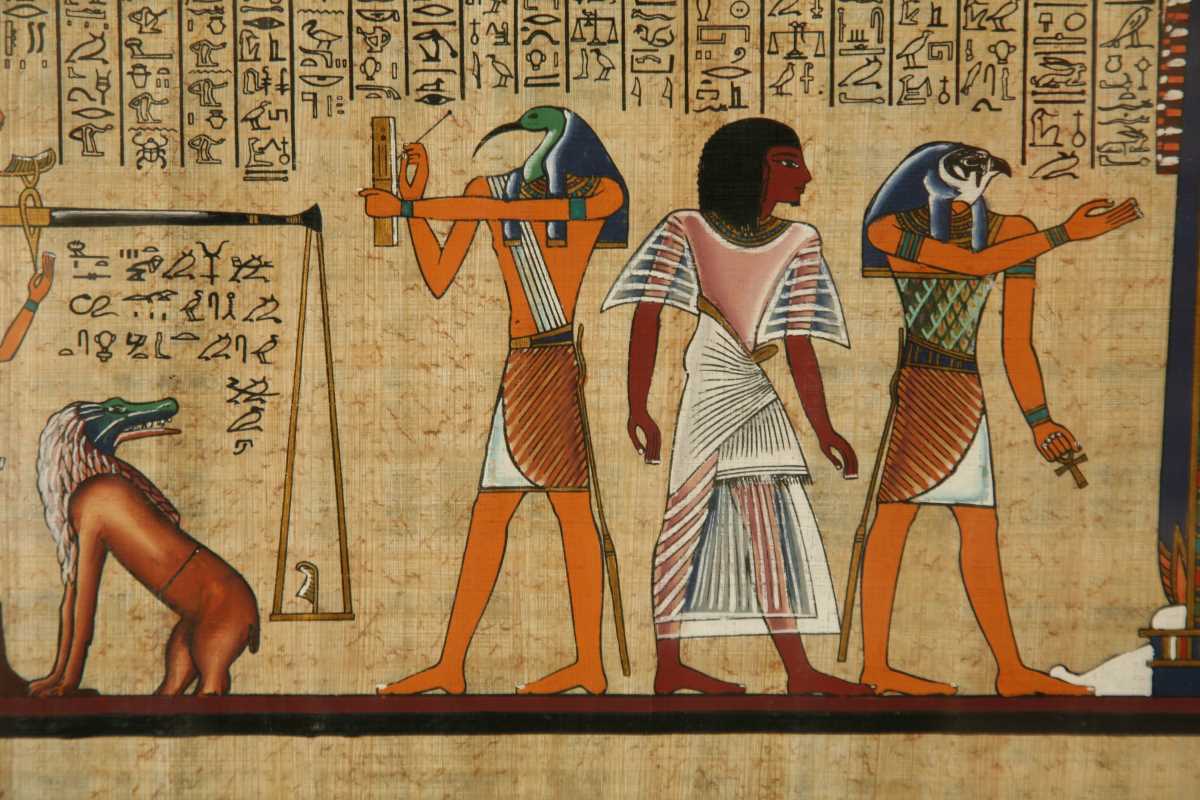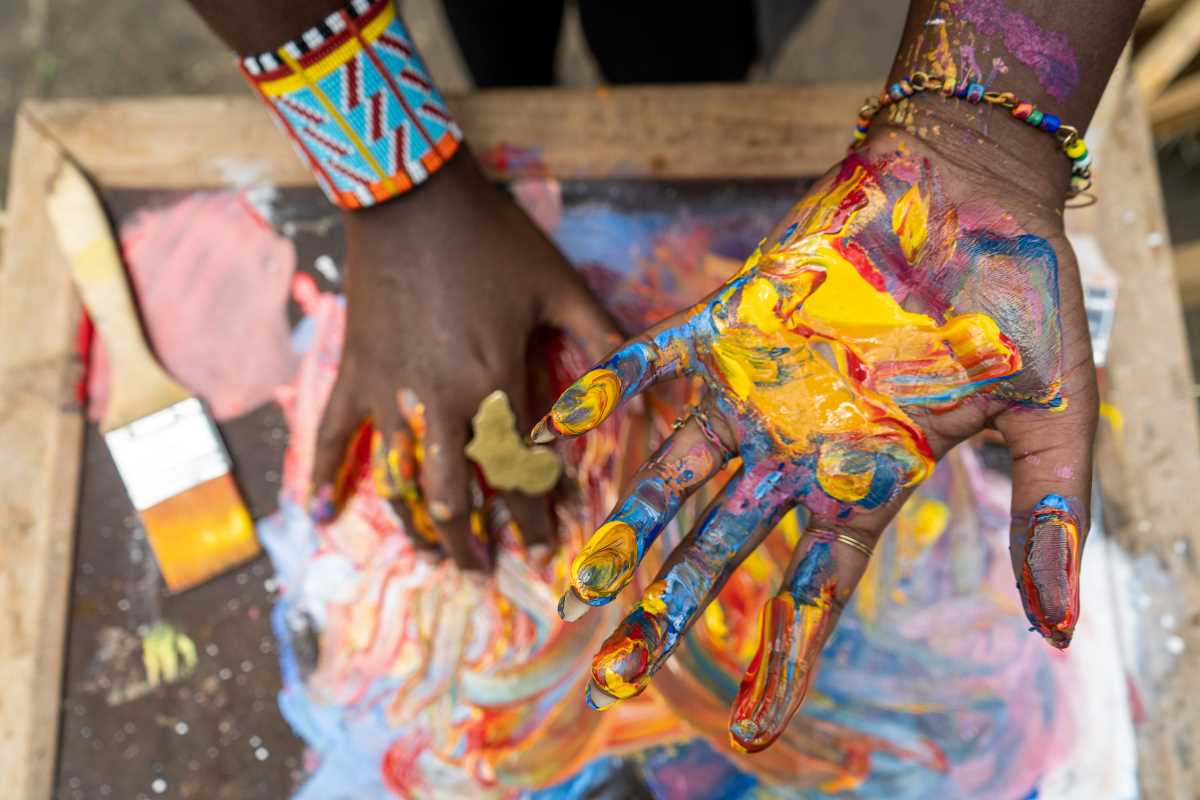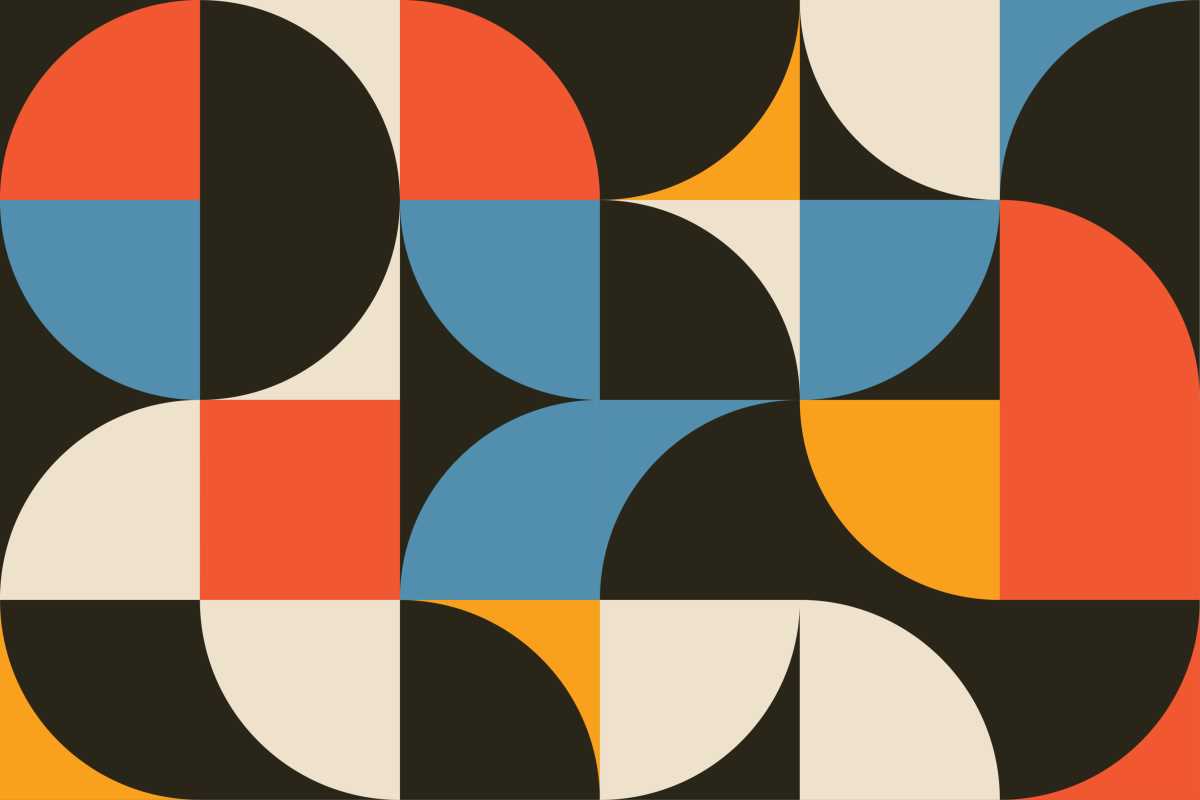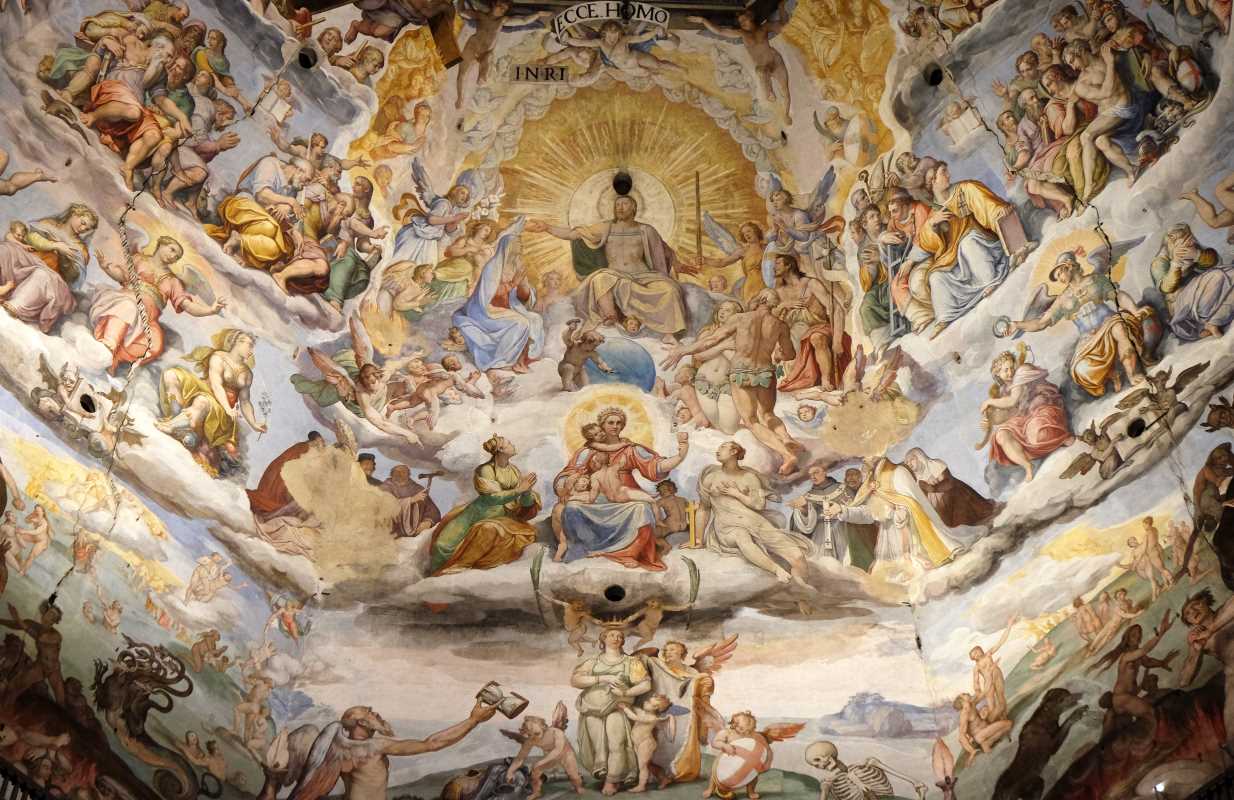Walking into a museum can feel like stepping back in time. Among the artifacts that captivate museum-goers, pieces from the Roman Empire often hold a special place. From massive architectural elements to intricately designed coins, these relics don’t just showcase a powerful empire’s history; they also reveal how modern museums craft their exhibits and share stories about the past.
The Roman Empire, at its height, stretched across three continents and influenced countless cultures. Its artifacts are not just scattered remnants of history but critical building blocks for how we preserve and interpret ancient civilizations today. This article explores some fascinating artifacts from the Roman Empire and how they’ve influenced the modern museum experience. From grand sculptures to everyday items, these treasures provide a bridge between the ancient world and our modern understanding of culture, art, and innovation.
To understand how Roman artifacts shaped modern museums, we first need to look at why these objects are so significant. The Roman Empire was not only vast but incredibly advanced for its time. Its art, engineering, politics, and culture set a foundation for much of the Western world.
Roman artifacts tell us about an empire that thrived for over a thousand years. These objects help us understand everything from engineering techniques (like aqueducts and concrete) to philosophy, trade, and daily life. What’s more, because the Romans controlled such a massive territory, their artifacts showcase a mix of influences from Europe, North Africa, and the Middle East. Each piece tells a unique part of this interconnected history.
Their global significance means Roman artifacts were some of the first things collected by early museums. During the Renaissance, for example, wealthy collectors sought out Roman pieces as symbols of knowledge and taste, setting the stage for public institutions like modern museums.
Monumental Roman Sculptures
You’ve probably seen towering marble statues in a museum before. Many of these, or at least the inspiration for them, came from Rome. Roman sculptors borrowed heavily from Ancient Greece, but they made the art their own with lifelike details and expressive features.
Busts of Roman Leaders
One of the most famous types of Roman artifacts is the bust, or head-and-shoulders sculpture. These busts didn’t just capture a leader’s image; they were political tools meant to project power and stability. Julius Caesar, Augustus, and other emperors had countless busts made to distribute across their territories so citizens could literally see the face of Rome.
When modern museums started collecting Roman busts, they didn’t just display them as art; they used them to tell the stories of leadership and government in Rome. These busts remain a centerpiece of museum exhibits today.
Historical Impact on Museum Design
Roman sculpture also influenced how museums are physically designed. Many modern museums have large, columned facades and grand marble staircases that echo the look of ancient Roman temples and public buildings. This style reinforces the importance of the objects inside, making the museum experience feel almost sacred.
Roman Engineering Marvels
If the Romans excelled at one thing, it was engineering. Many Roman artifacts in museums aren’t just aesthetic; they’re feats of technical ingenuity that reveal how this empire conquered and connected such a vast and diverse territory.
Aqueduct Fragments
Roman aqueducts supplied cities with clean water, often from miles away. Sections of these aqueducts—including stone channels, arches, and pipes—are displayed in museums to highlight Roman problem-solving skills. These simple yet effective systems were revolutionary and are often credited as inspiration for modern urban infrastructure.
The Legacy of Roman Roads
“All roads lead to Rome” wasn’t just a saying; it was a fact of life in ancient times. The interconnected road system allowed goods, people, and ideas to spread across the empire. Museums often display sections of these roads, from paving stones to maps marking their paths. They remind us how advanced Roman logistics were and help situate visitors in the ancient world.
Everyday Roman Life
While massive sculptures and engineering feats are awe-inspiring, the smaller, more personal Roman artifacts in museums are just as compelling. These items help us understand the day-to-day lives of ordinary people, making the past feel relatable.
Coins and Currency
Roman coins are some of the most commonly displayed artifacts in museums because they offer so much insight into the empire. They featured portraits of emperors, gods, and symbols of power, which spread propaganda across the empire.
Coins also serve as excellent teaching tools for museums. They can introduce visitors to Roman trade, economics, and art all at once. It’s no surprise that coin collections are among the most popular exhibits in history-focused institutions.
Pottery and Household Items
Roman pottery, utensils, and glassware show how people cooked, ate, and lived in the empire. Museums often use these artifacts to display the ingenious craftsmanship of the Romans, who created everything from delicate glass goblets to sturdy amphorae for storing wine and oil.
Through these objects, visitors can connect to the human side of history. It’s one thing to imagine grand battles or political intrigue, but it hits a little closer to home when you see a drinking cup someone used 2,000 years ago.
Roman Influence on Museum Collections
Roman artifacts don’t just appear in museums; they’ve directly shaped how museums function. The act of collecting, preserving, and sharing history owes a lot to early Roman influences.
The Tradition of Collecting
The Romans themselves were avid collectors. Wealthy Romans often filled their homes with Greek sculptures, Etruscan vases, and Egyptian artifacts. They appreciated art and history, and this tradition of collecting ancient treasures influenced Renaissance thinkers centuries later.
When modern museums emerged, they modeled their collections on this same principle. Roman artifacts were among the first things acquired because they represented both historical achievement and cultural sophistication.
Display Techniques
Even the way artifacts are displayed has been shaped by Roman traditions. Romans were skilled at creating public spaces like forums and temples where people could enjoy art and architecture. Modern museums emulate these ideas by designing galleries that allow visitors to engage with artifacts in spacious and thoughtful ways.
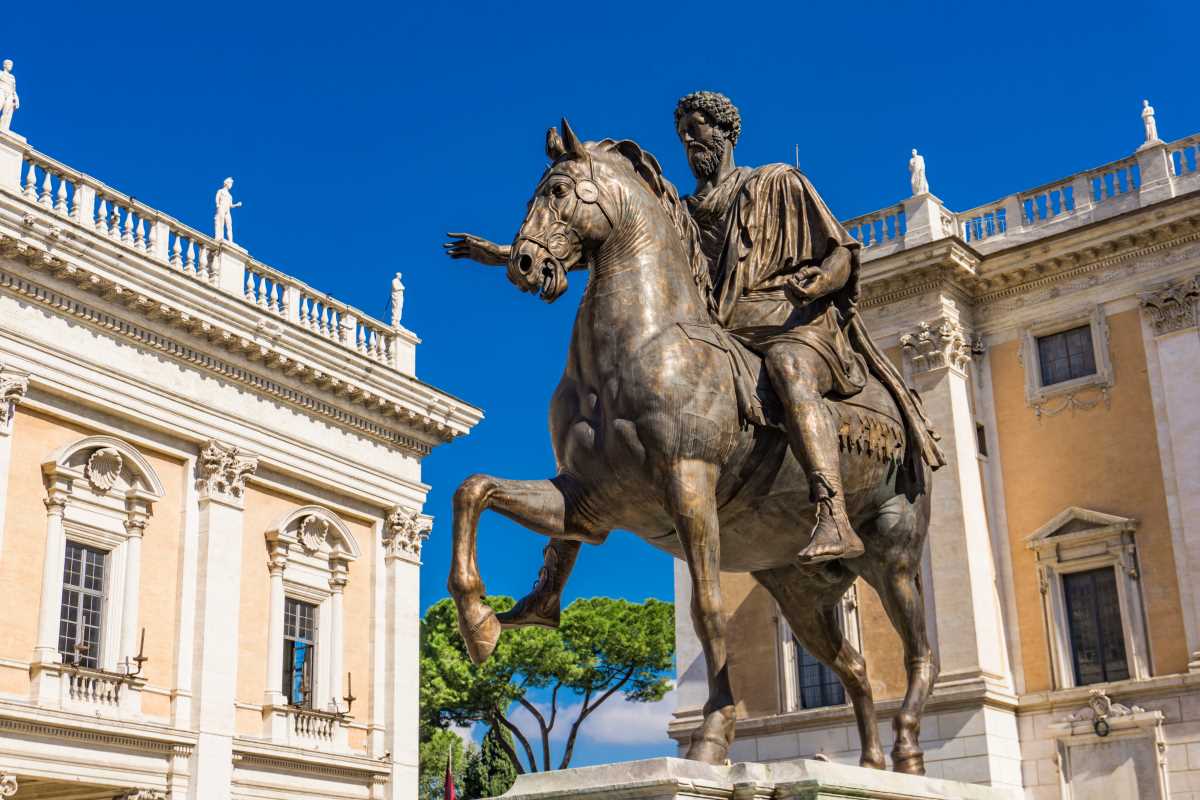 (Image via
(Image via
